On Mount Everest, a DJI FlyCart 30 cargo drone operated by Nepal’s Airlift Technology encountered a gust-induced emergency landing at 19,685 feet, halting operations for four days and igniting concerns about the safety of heavy-lift drones in extreme environments. This incident, the first significant setback for drones revolutionizing logistics on the world’s highest peak, underscores the delicate balance between innovation and risk in high-stakes mountaineering.
Gusts Ground a Game-Changer
Last spring, the DJI FlyCart 30, capable of carrying 66 pounds over 18.6 miles, transformed Everest’s supply chain, ferrying gear and removing waste with unprecedented efficiency. Sherpa workers, long burdened by treacherous loads through the Khumbu Icefall, hailed the drones as a lifeline. Yet, four days ago, high winds at 19,685 feet triggered an emergency parachute deployment.
“Our drone’s emergency parachute got auto-deployed at 6,000m due to a gust of high wind, so it landed near Camp 1,” said Raj Bikram Maharjan, an engineer at Airlift Technology, speaking from Base Camp. “It didn’t crash, but one of the drone’s arms broke on landing.”
The team awaits flight log analysis to pinpoint the cause, pausing operations amid Everest’s unpredictable weather.

Safety in the Sky: Can Drones Coexist with Climbers?
The incident has amplified safety concerns among climbers and readers wary of 66-pound drones navigating Everest’s crowded slopes. A plummeting drone in the Khumbu Icefall, where climbers dodge crevasses and avalanches, could be catastrophic. Airlift Technology anticipated such risks, designing flight paths to avoid climber routes.
“We have set the drone’s flight path away from the climbers’ route, so that if any accident happens, it will harm no one,” Maharjan assured.
Built-in redundancies, like the parachute system that mitigated this incident, further bolster safety. Still, the broken arm signals vulnerabilities in extreme conditions, where winds can exceed 100 mph and temperatures plummet below -20°F.
Technical Triumphs and Challenges
The DJI FlyCart 30 represents a leap in high-altitude logistics. Its 18.6-mile range and ability to operate at 19,685 feet outperform traditional helicopter resupply, which costs up to $10,000 per flight and risks pilot lives. Drones also reduce the carbon footprint of expeditions, aligning with Nepal’s push for sustainable mountaineering. However, this incident reveals the limits of current technology. Gusts, thin air, and battery strain at high altitudes demand robust engineering—perhaps next-generation stabilization or predictive wind sensors—to prevent future mishaps.
DroneXL’s Take: A Wake-Up Call for Drone Pioneers
The Everest incident is less a failure than a crucible for refining high-altitude drone operations. The Sherpa community’s embrace of drones reflects their potential to ease human suffering on deadly slopes, yet this mishap reminds us that technology must respect nature’s ferocity. DroneXL sees Airlift Technology’s swift pause as a mark of responsibility, but the industry must invest in adaptive algorithms and ruggedized designs to conquer peaks like Everest. With climbers’ lives and Sherpas’ livelihoods at stake, the path forward demands precision, not bravado. As Maharjan’s team decodes the flight logs, the drone community watches, knowing each lesson carved from Everest’s ice will shape the future of aerial logistics.
Photos courtesy of Airlift Technology and DJI
Discover more from DroneXL.co
Subscribe to get the latest posts sent to your email.


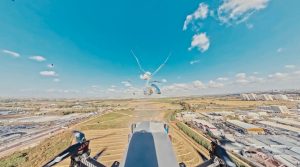


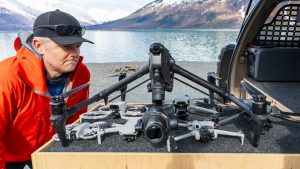



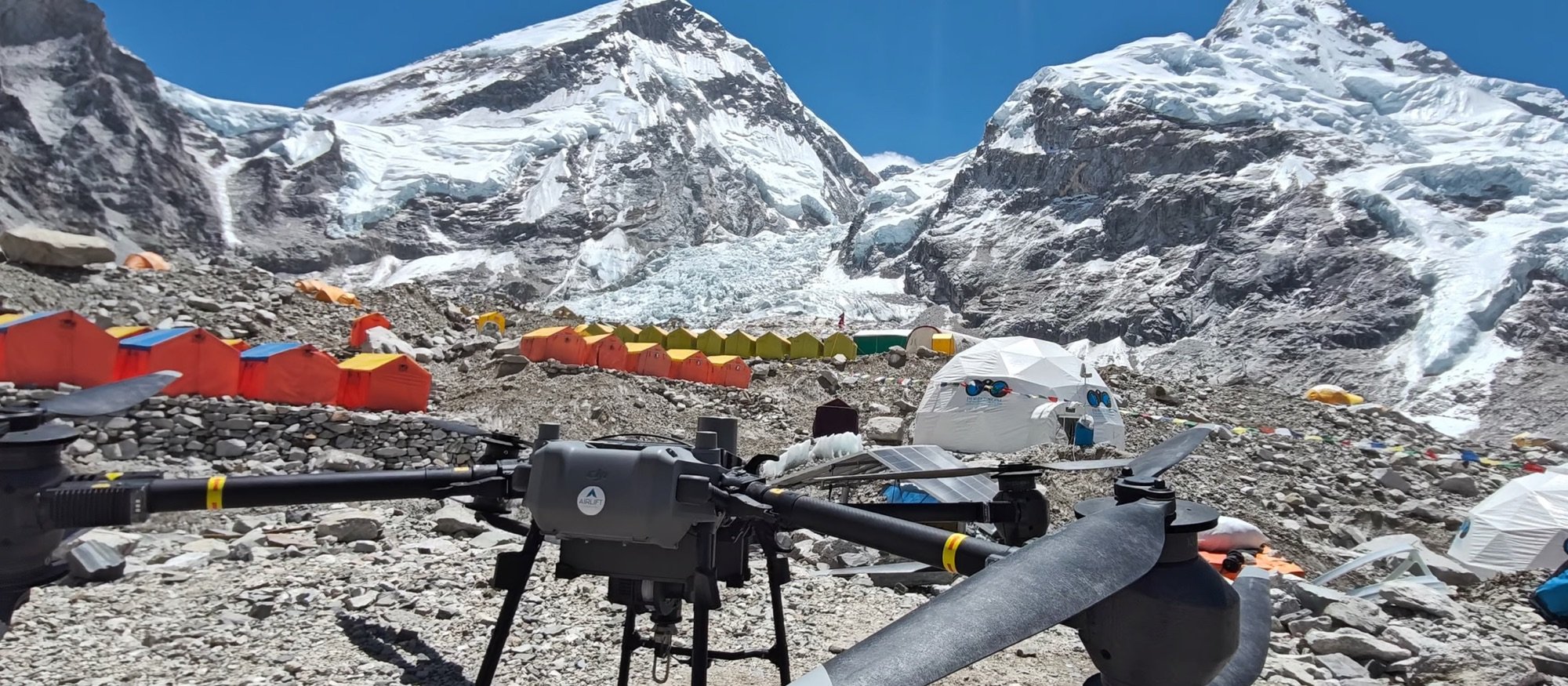

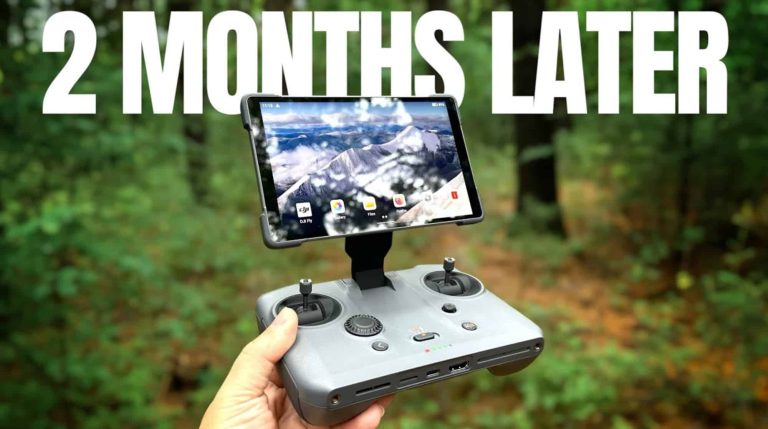


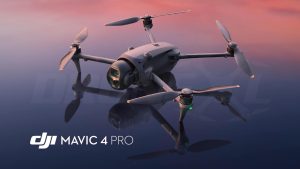


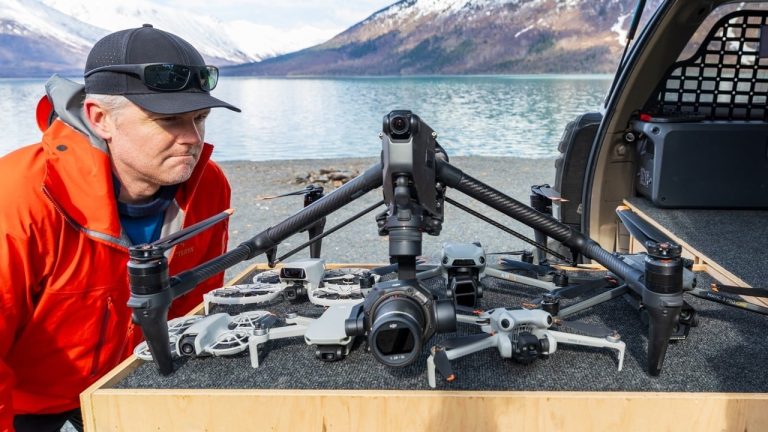
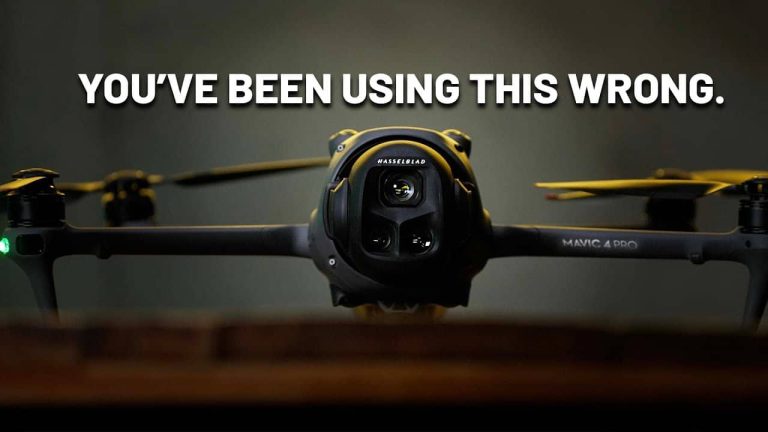
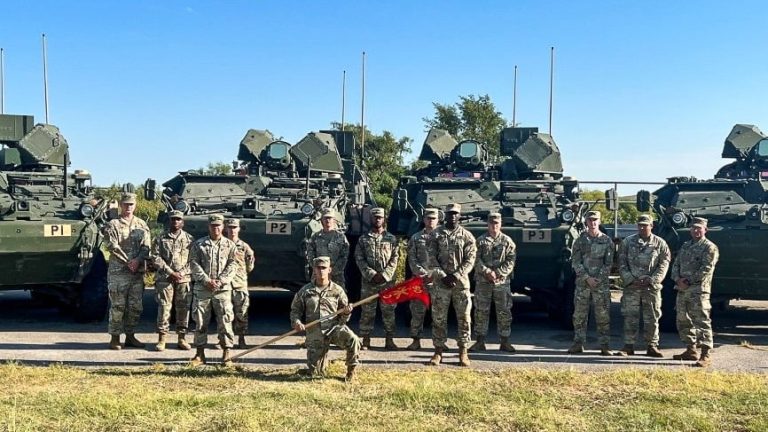
+ There are no comments
Add yours